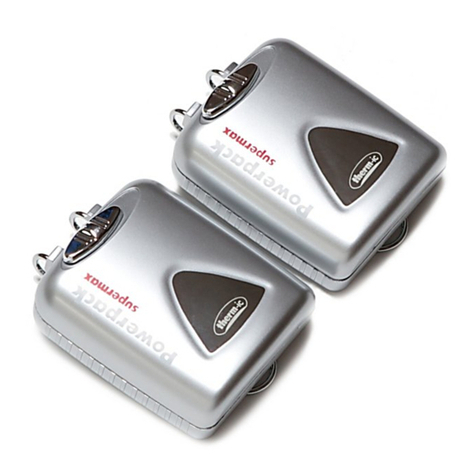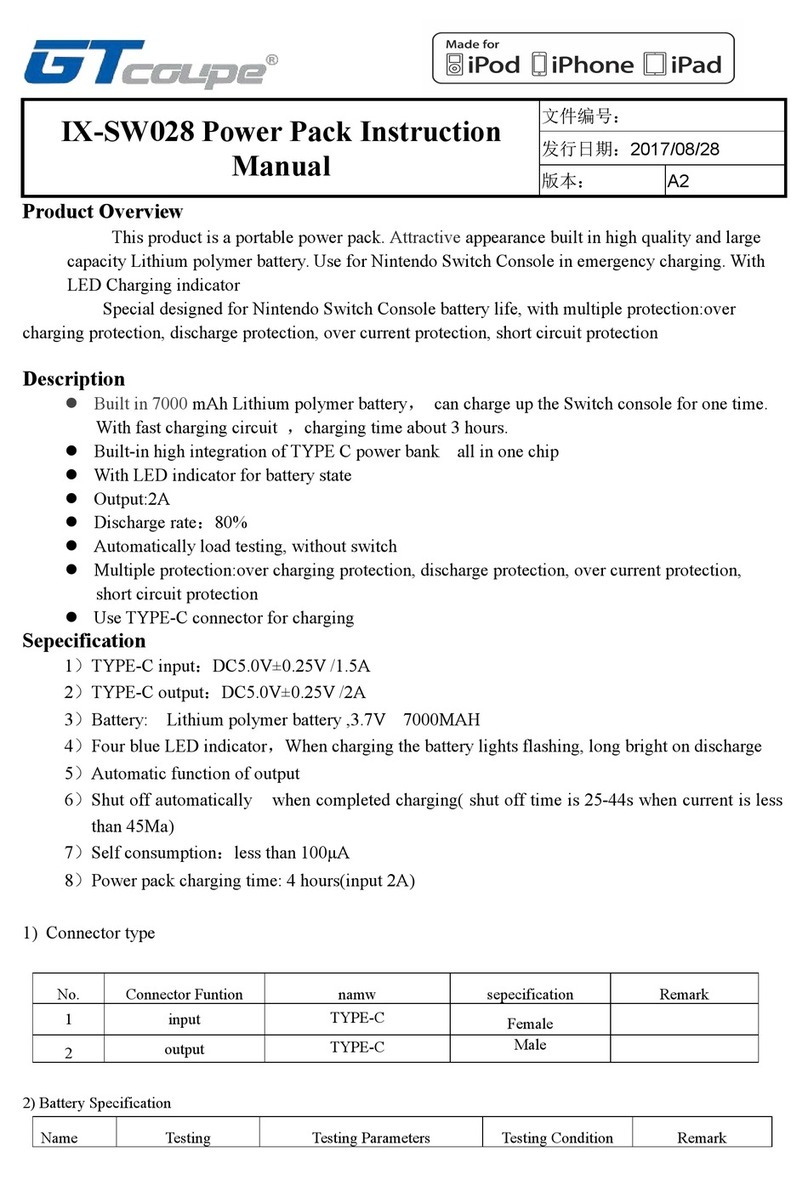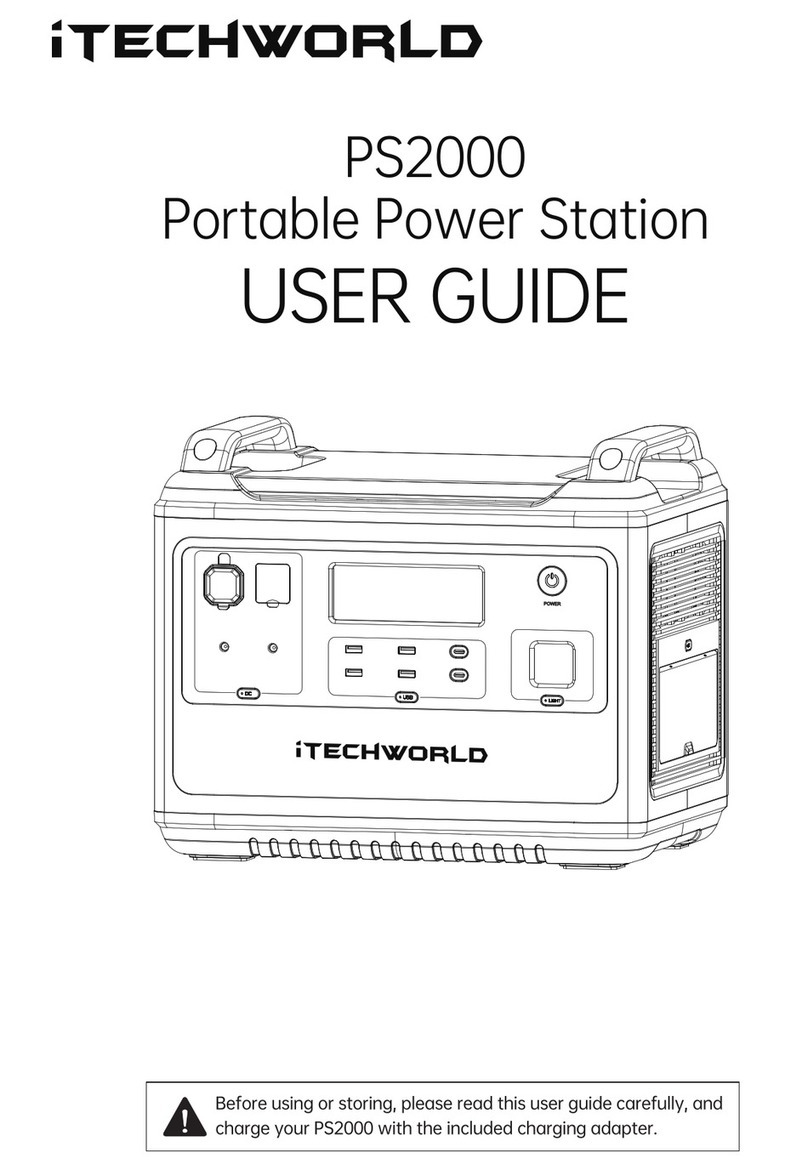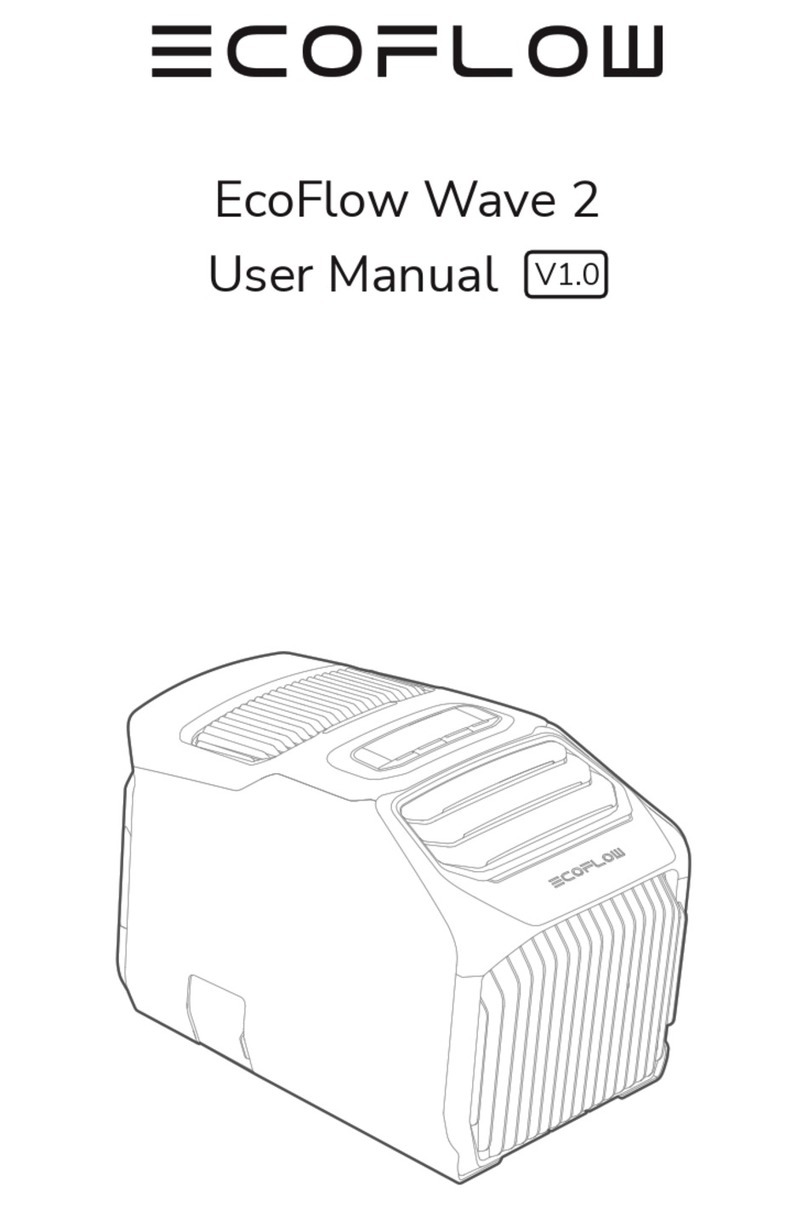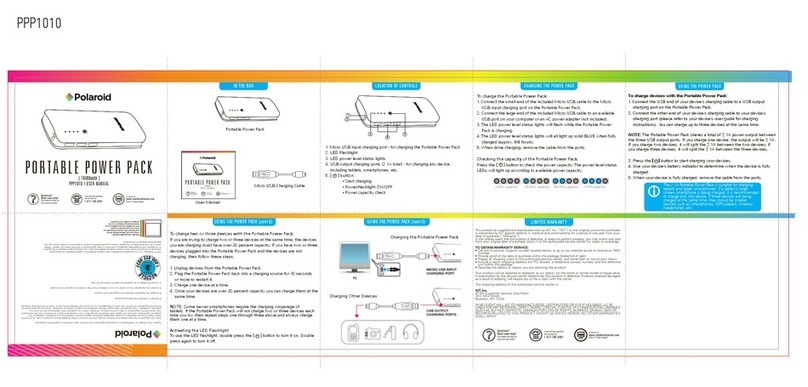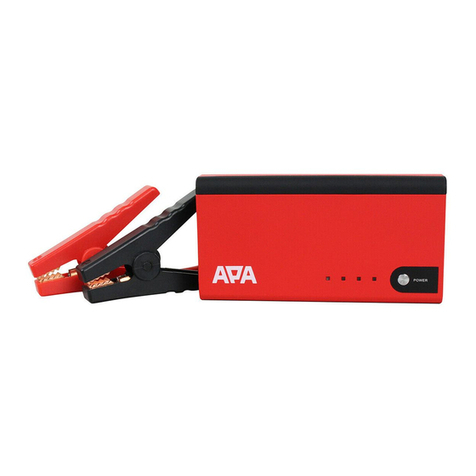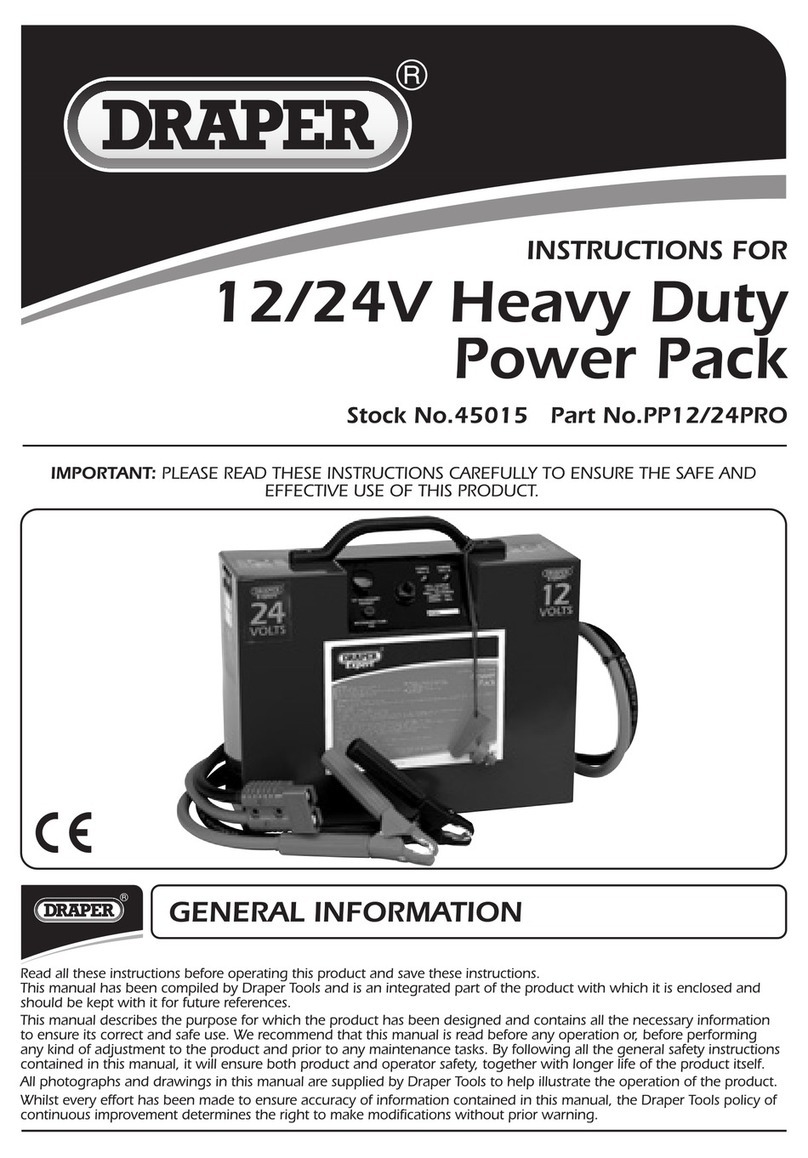
3
MFJ-4114 PORTABLE RECHARGEABLE POWER PACK
GENERAL DESCRIPTION: The MFJ-4114 powers MFJ QRP-series transceivers
from either AC mains or self-contained rechargeable NiCd batteries.
Front-panel switching selects AC or BATTERY operation and controls
operation of the built-in constant-current charger. Attractively
styled to match MFJ transceivers, the MFJ4114 is also compatible with
any other device requiring 13.8 Volts at up to 1.2 Amps. Output
voltage is supplied to a coaxial power jack or color-coded binding
posts on the back panel.
SPECIFICATIONS:
AC Supply Output: 13.8 VDC @ 1.2 A, Voltage Regulated.
Charger Output: 100 mA all loads, Current Regulated. NiCd
Battery Pack Output: 13-15 VDC @ 1.2 A NiCd Storage
Capacity: 1.6 AH - 4.0 AH Charge Time: 14-hours typical
for 1.6 AH NiCds. Batteries: NiCd "D" Cells (12
required). Size: 6"x 6"x 3.5"
Weight: Approx. 3 Lbs.
THEORY OF OPERATION (see schematic diagram): An external wall
transformer (MFJ-407-1106) provides AC to bridge rectifier.
Bridge output (approx. 20 VDC) is Filtered by a 4400-uF capacitor
bank and routed to power pack regulators. Three 1N4001 diodes
bootstrap the LM7812 supply regulator to 13.8 V output. The charger
regulator (LM317T) is configured as a constant-current source set at
100 mA by a 10-Ohm series resistor. LED's indicate when the MFJ-4114
is powered and when the charger circuit is online. DPDT switching
selects AC or BATTERY as the power source, and turns the CHARGE
circuit on or off when AC is in use.
BATTERY INSTALLATION: The MFJ-4114 lets you choose the best NiCds
for your application. For normal operation, 1.6-AH cells like Radio
Shack 23-123, Duracell NC13, Eveready CH50, or GE GC3 are good
choices. Heavy-duty 4.0 AH cells like the Radio Shack 23-140 provide
a significantly longer discharge cycle.
To install NiCds, remove 8 screws ringing the bottom of the MFJ4114
case (see Figure 1). The bottom plate drops out and provides holders
for 8 cells; the remaining 4 install next to the pc board in the top.
Charge new batteries fully before using to power equipment (14-hour
charge cycle typical for 1.6 AH NiCds).
NOTE: The MFJ-4114 is specifically designed for NiCds. If you must
use conventional batteries, install no more than 10 cells and jumper
the remaining 2 positions in the battery holder with a cliplead.
NEVER ATTEMPT TO RECHARGE ALKALINE OR CARBON-ZINC CELLS!
